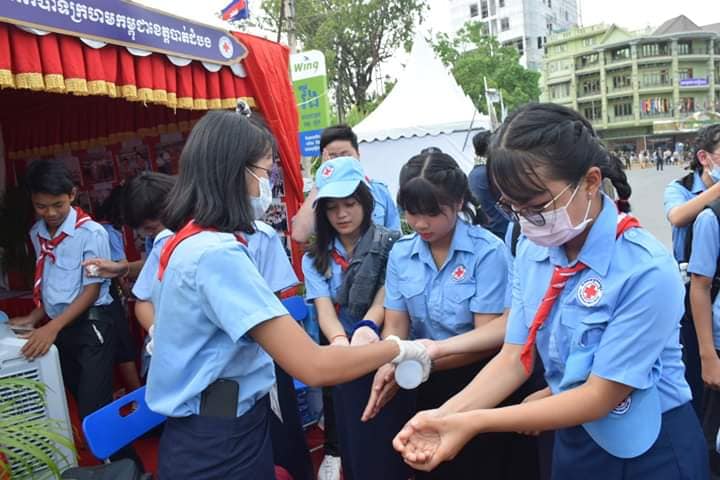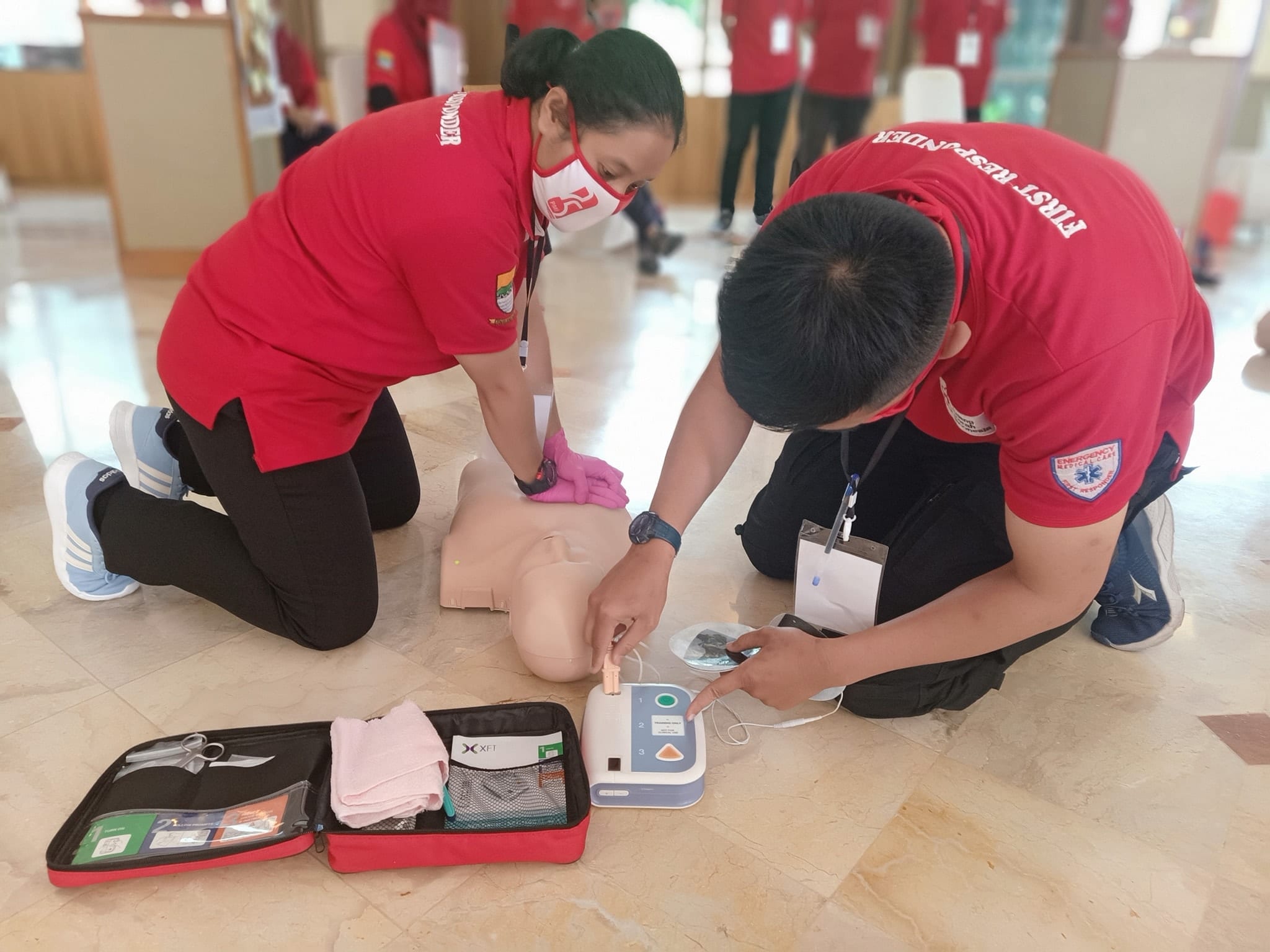Spread facts, not fear
First aid & COVID-19
Many National Societies have contacted Global First Aid Reference Centre for advice about procedures to follow in the current pandemic that we’re living through (eg. is it possible to continue training courses?). The Reference Centre have therefore developed teaching tools and information sheets for the young and old, for volunteers, and for training managers on first aid and COVID.
While current concerns about coronavirus disease 2019 (COVID-19), and the focus on the prevention of its spread and treatment are at the forefront of medical discourse, injuries and diseases unrelated to coronavirus still occur.
The delivery of prompt first aid management may prevent an additional burden on the health system by managing simple injuries or illnesses on site rather than calling for an ambulance or taking the casualty to hospital. It may also prevent the unnecessary exposure of the casualty to the virus. Serious injuries and illness will, however, still require medical care and the assessment and treatment of such individuals should not be delayed because of fear of COVID-19.
Hundreds of thousands of lives have been lost, and the world’s economy likely faces the worst recession since the 1930s. The pandemic has raised challenges and we must ensure that our approach remains equitable and, most importantly, supports those most in need of essential, accurate and effective education that reaches communities with limited healthcare provisions. The crisis we are facing prevents first aid educators from training millions of volunteers on how to deal with COVID-19, on how to keep themselves, their families and their communities’ safe. There has also been an impact on the sharing of accurate information regarding prevention measures, especially with the circulation of many fake news stories.

Therefore as first aid educators and organisations, we have the opportunity to spread context-specific COVID-19 first aid considerations, along with education that will guide people to act in the most appropriate manner. This will help them assess the risk of contracting and spreading the virus as well as the appropriate use of advanced care and self-care actions. The distribution of such information starts with existing networks.
For example, various apps, such as the First Aid App used by hundreds of Red Cross and Red Crescent National Societies could be a source of practical actions for just-in-time components. Individual educators can send tips to those they have trained or through companies and organisations that have sponsored training. In places where digital communication is less feasible, messaging through formal and informal public advertising (e.g. posters or news media) could be used.

